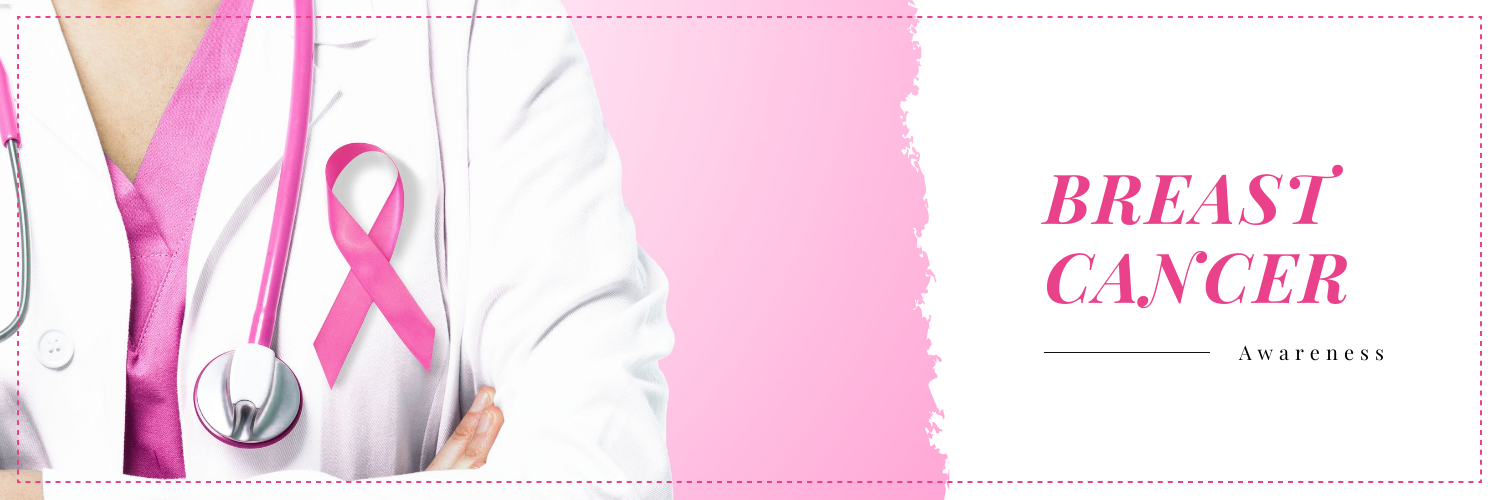
Breast Cancer Early Signs
Breast cancer: Early signs and what you can do to check your breasts
Breast cancer is the most common cancer among women worldwide, excluding non-melanoma skin cancer. According to the World Health Organization, an estimated 2.26 million women worldwide were diagnosed with breast cancer in 2020.
The good news is that breast cancer is highly treatable when caught early. That’s why it’s important to be aware of the early signs and symptoms of breast cancer and to know how to check your breasts regularly.
Early signs and symptoms of breast cancer
The most common early sign of breast cancer is a new lump in the breast or underarm. Other early signs and symptoms may include:
- Changes in the size, shape, or symmetry of the breast
- Dimples or puckering of the skin on the breast
- Changes in the nipple, such as a change in position or an inverted nipple
- Redness, soreness, rash, or swelling on the breast
- Nipple discharge, especially if it is bloody
How to check your breasts
It is important to check your breasts regularly for any changes. You can do this by performing a breast self-exam (BSE) once a month.
To perform a BSE, follow these steps:
- Stand in front of a mirror with your shoulders straight and your arms at your sides.
- Look for any changes in the size, shape, or symmetry of your breasts.
- Raise your arms overhead and look for any changes again.
- Lie down on your back and place your right hand behind your head. Use the fingertips of your left hand to check your right breast in a circular motion, starting at the outer edge of your breast and working your way towards the nipple. Be sure to check under your arm and around your collarbone.
- Repeat steps 4 and 5 on your left breast.
If you notice any changes in your breasts, be sure to see a doctor right away.
Other ways to detect breast cancer early
In addition to performing a BSE, there are other things you can do to detect breast cancer early, such as:
- Seeing your doctor for regular checkups
- Getting a mammogram every year, starting at age 40 (or earlier if you have a family history of breast cancer)
- Being aware of the risk factors for breast cancer, such as age, family history, and certain genetic mutations
By being aware of the early signs and symptoms of breast cancer and taking steps to detect it early, you can increase your chances of survival.

Leave your comment